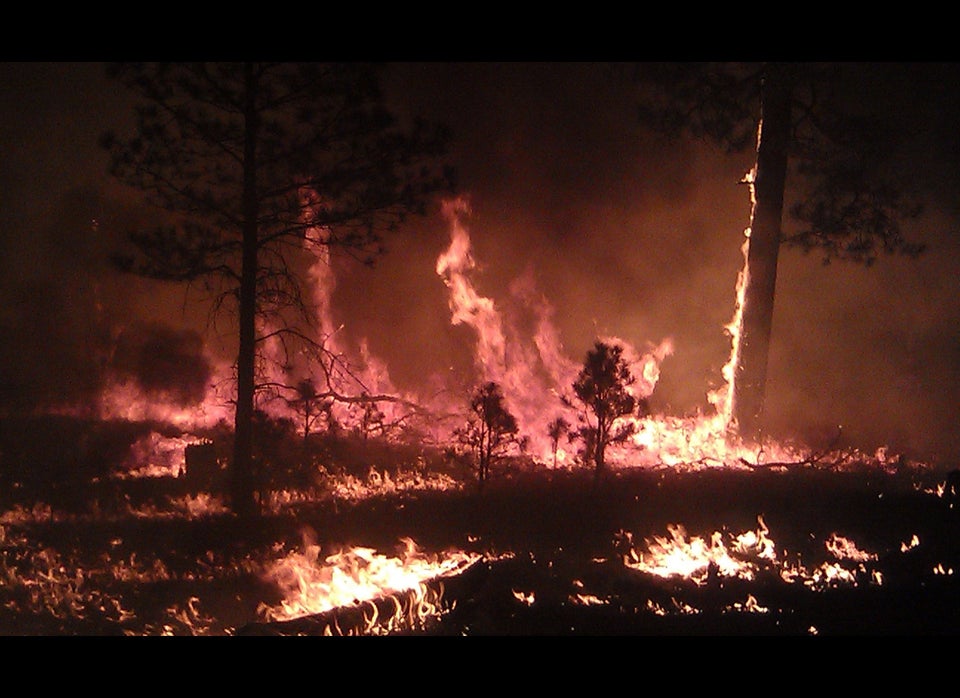* Two abandoned gold mines with traces of radiation also burned
* State officials say risk to human health believed low
* Air sampling to begin in town at edge of blaze
By Laura Zuckerman
SALMON, Idaho, Sept 20 (Reuters) - A wildfire in east-central Idaho has burned through three former mining sites containing traces of radioactive thorium and uranium and was advancing a fourth such site on Thursday, but state officials said they believed the risk to human health was low.
As a precaution, state environmental authorities planned to take air samples in North Fork, a small community in the fire zone north of Salmon, to assess any radioactive hazards posed by fire damage to the sites.
One area of concern is a defunct uranium mine and milling operation 5 miles (8 km) west of North Fork, where the U.S. Environmental Protection Agency conducted a cleanup several years ago of polluted soil, hazardous wastes and piles of raw uranium and thorium ore.
No decontamination of buildings at that site was ever performed, and at least one of those buildings burned in the fire, according to officials from the state Department of Environmental Quality.
Flames also swept two abandoned gold mines about 20 miles west of North Fork, where surface radiation, presumably from natural uranium and thorium deposits in the ground, has been measured at several times normal background levels, officials said.
Authorities said they were unsure how recently the wildfire had encroached on those three mining sites. But the situation was brought to the attention of the Environmental Quality Department on Thursday, agency officials said.
"This is new ground for us, but we are dealing with the issue at this time," said Erick Neher, a regional administrator of the department, adding that the risk of human exposure stems from the potential for radioactive material consumed by fire to be become airborne.
"Because there is potential and because there has been concern amongst the citizens, we will be measuring radioactivity," he said.
The air testing comes as the threat of property losses in communities near the so-called Mustang Complex fire has receded.
SMOKE AND SOOT SEEN AS GREATER HAZARD
The blaze has devoured some 330,000 acres (133,500 hectares) of pine woodlands since it grew from several separate lightning-sparked fires in late July in remote stretches of the Salmon-Challis National Forest. Authorities on Thursday lifted a mandatory evacuation order for 400 homes in the area.
Idaho environmental officials said smoke pollution, which has blanketed the area for more than a month, is the more pressing hazard. They renewed a call for area residents to stay indoors and wear masks when outdoors.
"This is very unhealthy air. We're well beyond the point where it just affects the young and the elderly. It affects all age groups and all degrees of health," said Mike Simon, acting air quality administrator for Idaho.
The chief health hazard is from fine soot particles that can worsen existing respiratory or cardiovascular ailments, said Annyce Mayer, an occupational and environmental medicine physician at National Jewish Health in Denver.
Cindy Hallen, who lives roughly 10 miles from a former uranium mine said she is not taking any chances.
"I'm wearing a mask, and I'm urging my neighbors to wear masks. I'm going to the worst-case scenario," she said. (Additional reporting by Jonathan Kaminsky; Editing by Lisa Shumaker)

